Week 4 – Abstract: “This week team Transcendence continued our progress on the current story chapter and crafted our marketing/branding materials…”
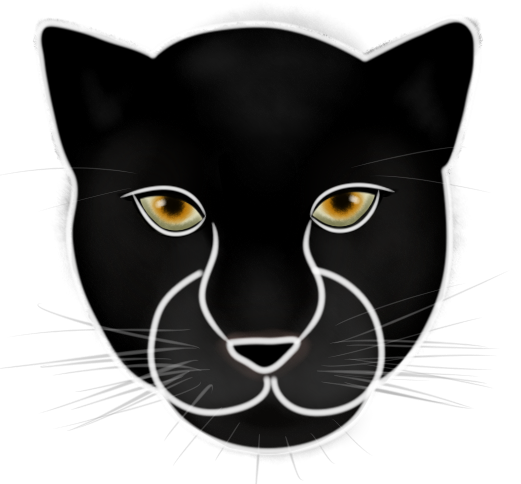
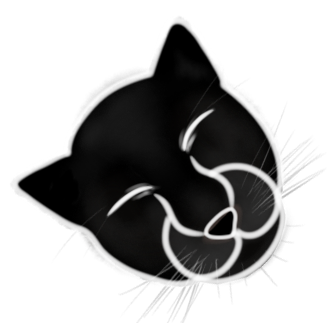
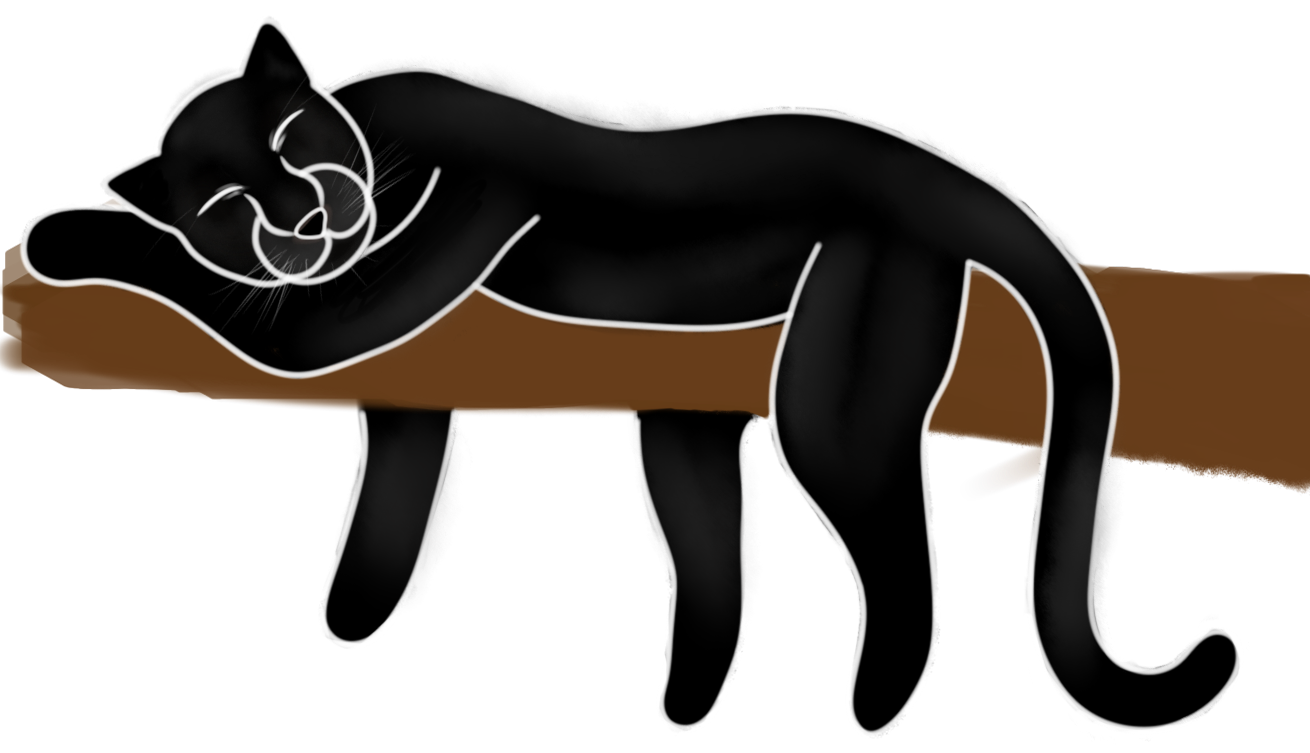
We had to take special care in designing Panther’s looks because of the fact that real panthers (which are actually leopards) are predatory carnivores; and their appearance reflects their nature. They have very piercing eyes, sharp teeth, and specifically the black panther’s trademark dark fur are all characteristics that are not appropriate for the particular children we are targeting with our game because they may be perceived as menacing. Therefore, we gave Panther an appearance that more resembles a domesticated house cat. When her eyes are closed as she sleeps in the story, they arc upward so that it appears as though she’s smiling in her slumber. When she opens her eyes, they maintain their real-world almond shape; however, they depart from their by having reduced luster (reflectiveness) and a muted color palette.
Week 3 – Abstract: “This week team Transcendence has been working to prototype a chapter in our game. In the scene, Monkey learns about jumping to conclusions and better thoughts she can have that don’t trigger negative feelings and subsequent behaviors…”
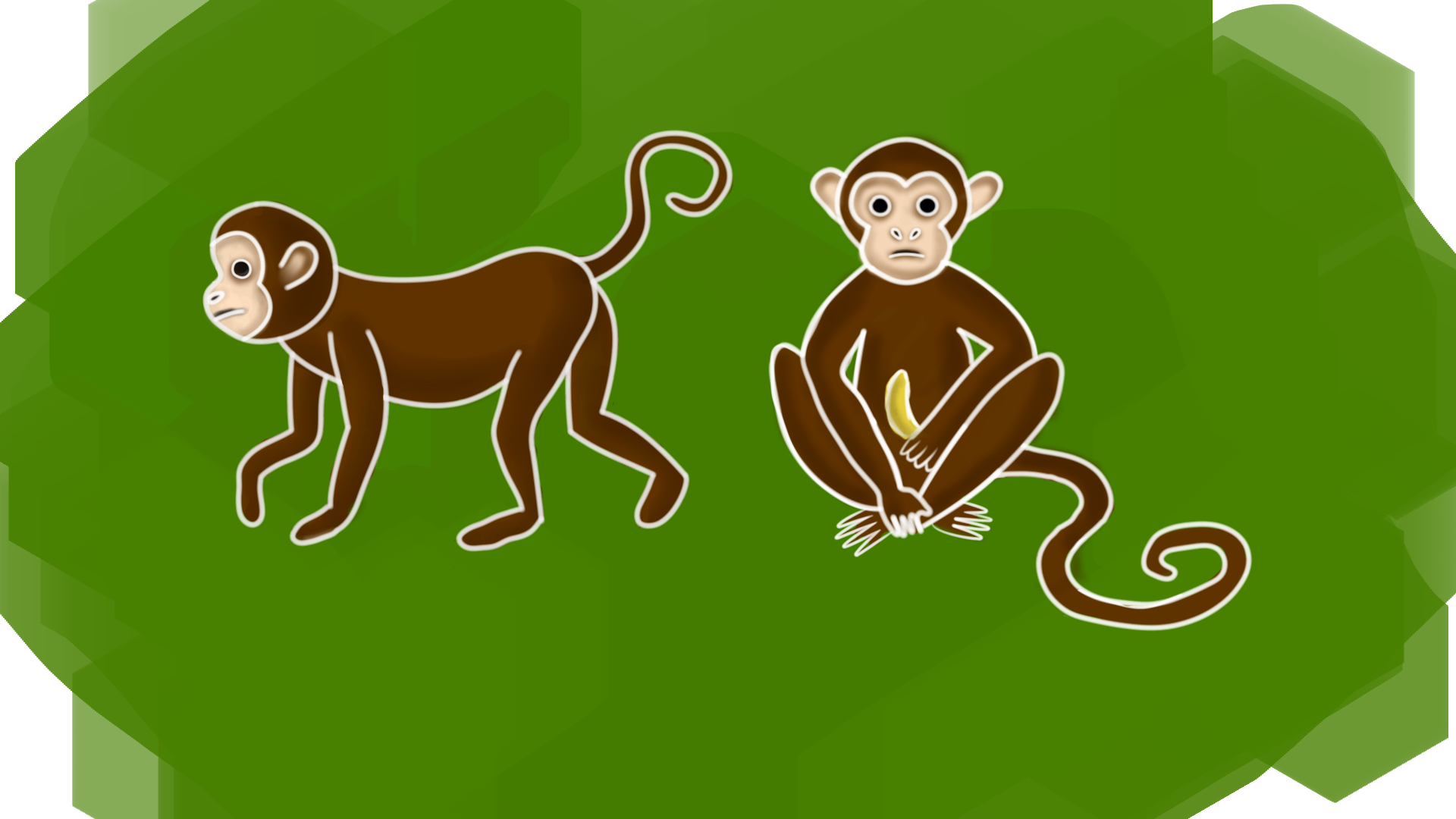
Continuing our Batik-based style, Monkey’s initial design aesthetics incorporate the distinctive white outlines (as are present in all of our animal character models) and the round, organic nature of ancient artistic traditions. We also chose to make such extensive use of curves because they tend to present a soothing appearance, something we believe will appropriately resonate with the children who play our game.
Week 2 – Abstract: “This week team Transcendence has been hard at work with concept development. We narrowed down all of our ideas generated in our brainstorming sessions to the 2 strongest and fleshed them out more fully…”
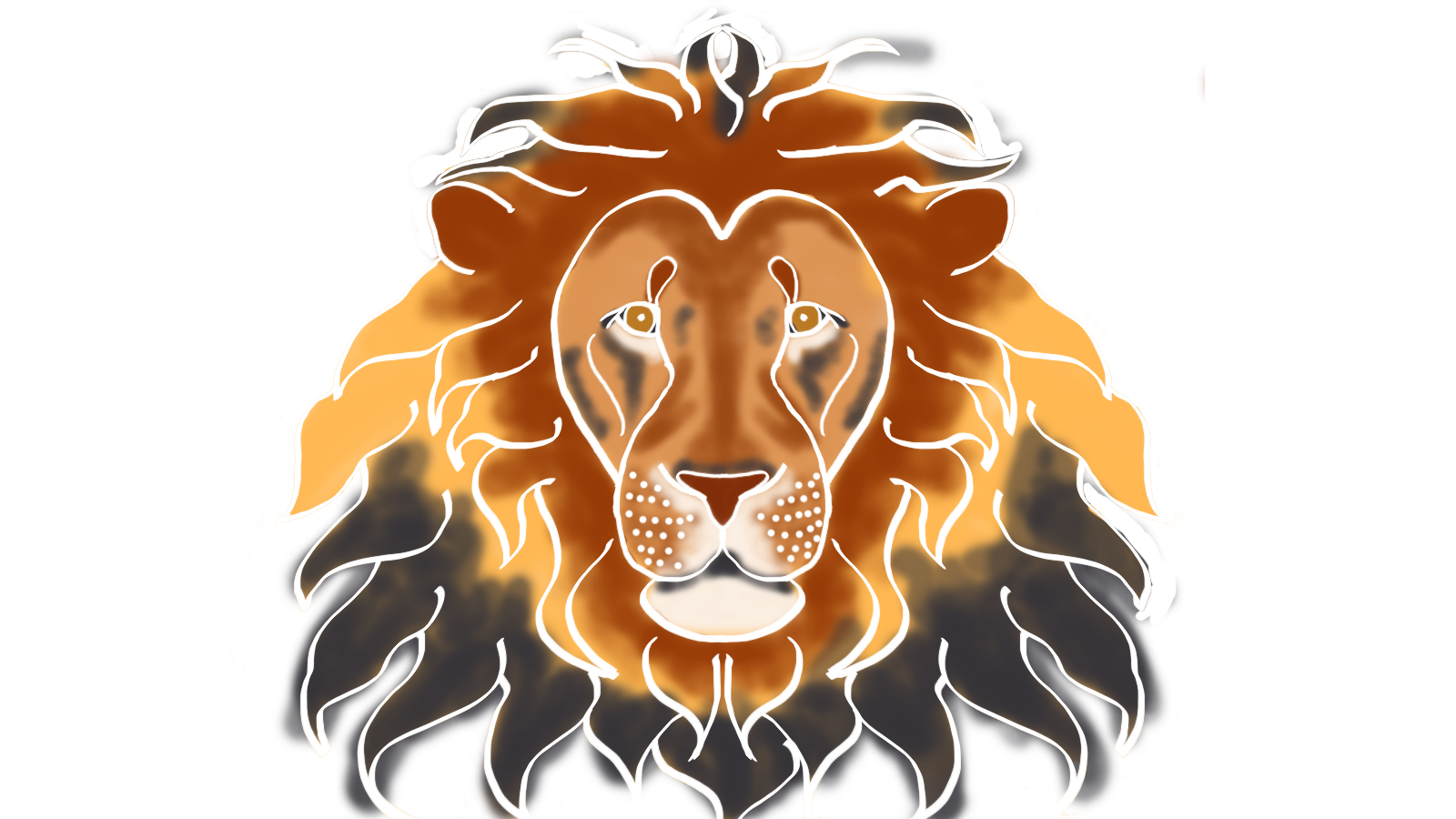
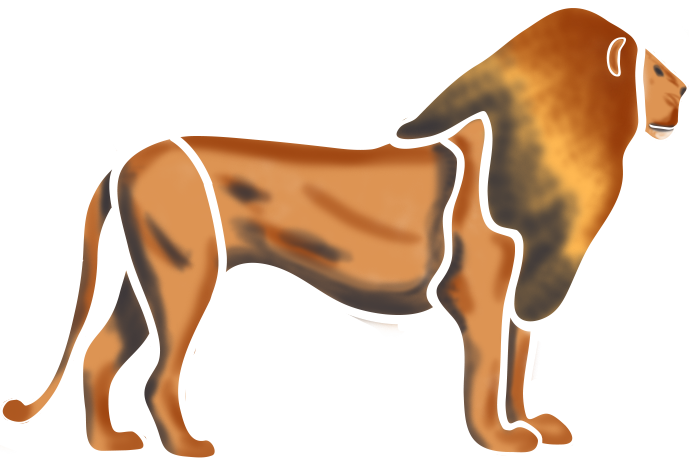
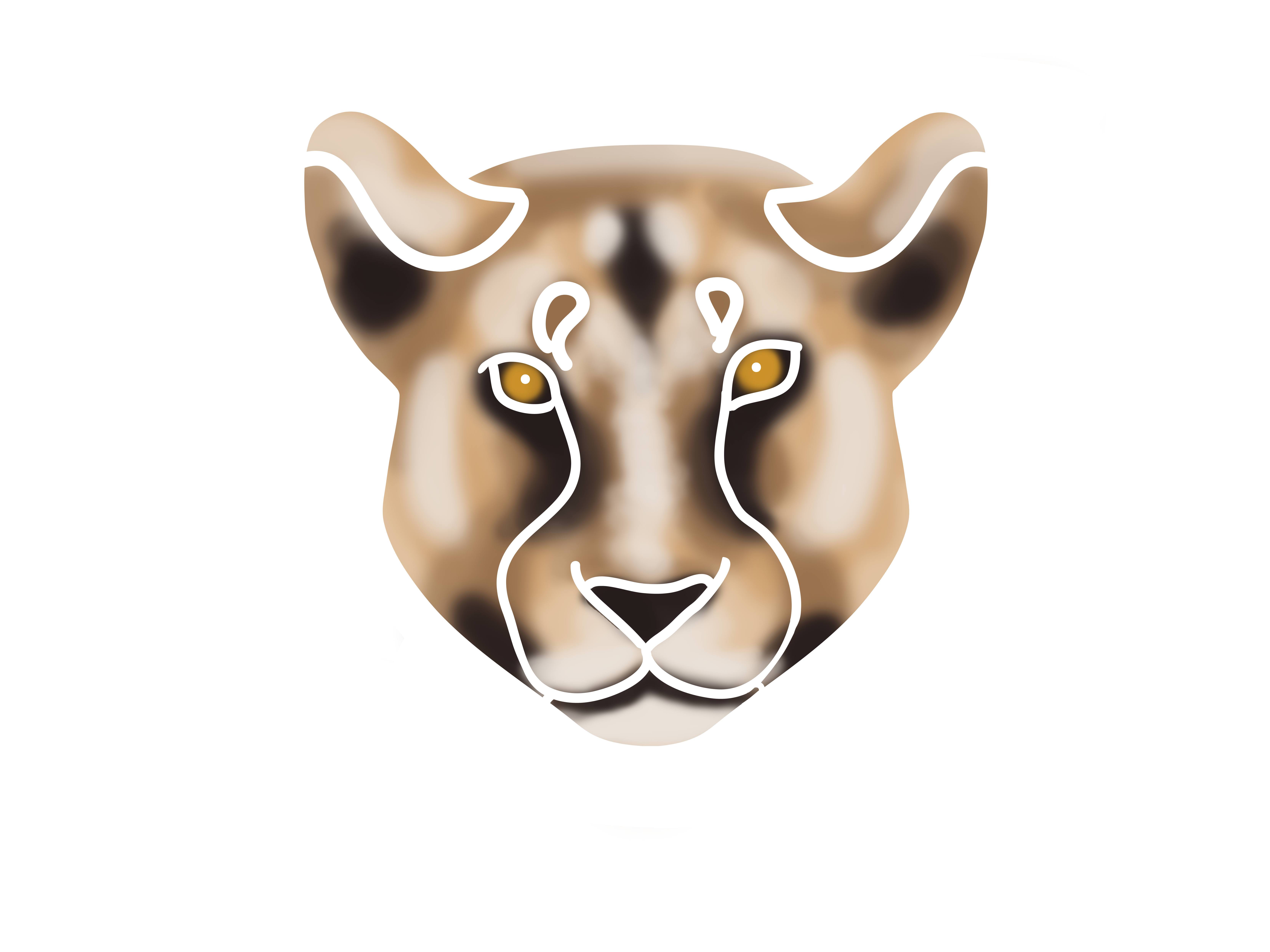
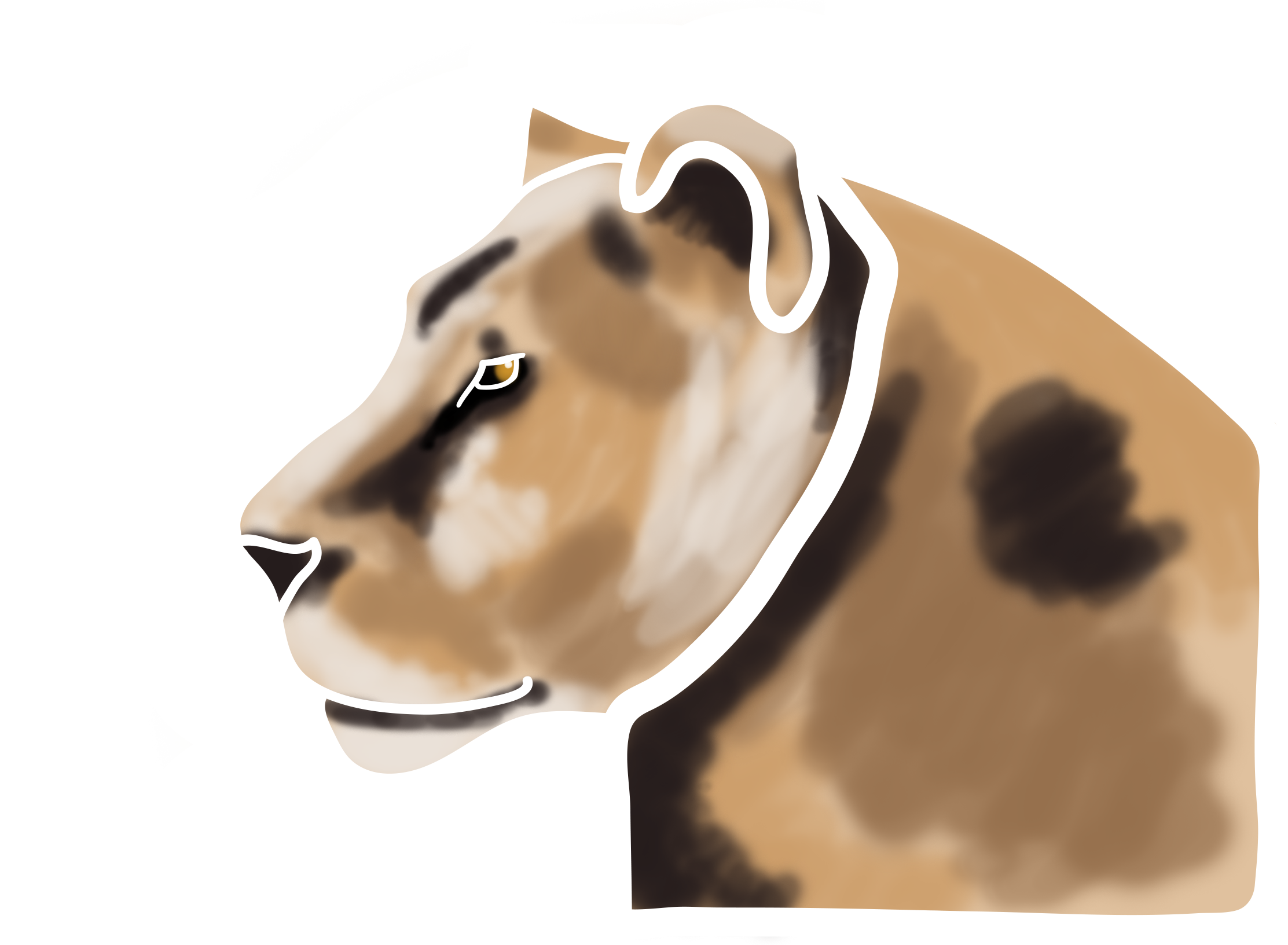
We chose the African Batik art style based upon the book that inspired our story: Why Mosquitos Buzz in People’s Ears, a West African folk tale, as told by Verna Aardema. “Batik is a cloth that is traditionally made using a manual wax-resist dyeing technique. Javanese traditional batik, especially from Yogyakarta and Surakarta, has notable meanings rooted to the Javanese conceptualization of the universe. Traditional colors include indigo, dark brown, and white, which represent the three major Hindu Gods (Brahmā, Vishnu, and Śiva). Other regions of Indonesia have their own unique patterns that normally take themes from everyday lives, incorporating patterns such as flowers, nature, animals, folklore or people.” [Source]
“There are examples of batik textiles in many parts of Africa but the most developed skills are to be found in Nigeria where the Yoruba people make adire cloths. The patterning of cloth is usually a family tradition handed down from mother to daughter as a cottage industry. The cloth is usually divided into squares or rectangles and designs represent everyday tools, carvings, beadwork, activities or traditional images of the artists own culture or tribal history.” [Source]
Week 1 – Abstract: “We have begun brainstorming multiple different interpretations and subsequent encapsulations of our project objective. We are looking at ways we can incorporate both the education and entertainment components that we believe are necessary for a successful end product…”